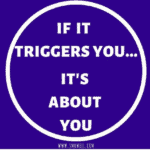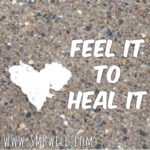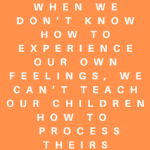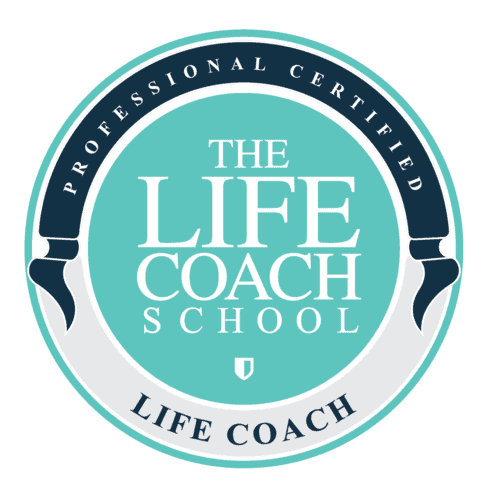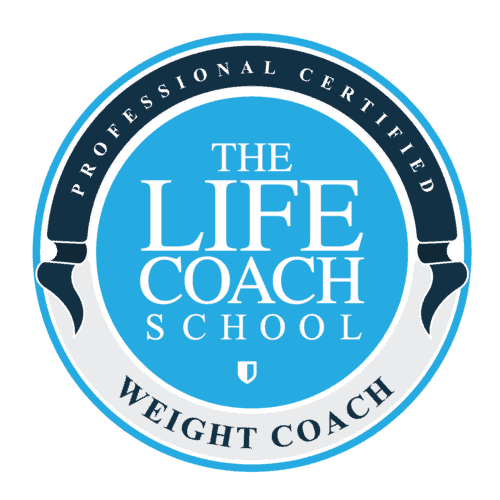Podcast: Play in new window | Download
Subscribe: Apple Podcasts | Spotify | Amazon Music | RSS | More
Master Emotional Regulation and Break Codependency
If there is one skill that helps me more than any other, it’s the ability to regulate my emotions. Learning how to regulate my emotions has helped me feel more in control of my life and to break out of my codependent patterns. I’m sharing some top tips today so you can get started feeling more in control too!
Recognizing Our Emotions – Beyond Actions
When we think of “feeling our feelings,” we often picture actions—yelling, shutting down, eating, scrolling social media, or even gossiping. But these aren’t actually our feelings. They’re ways we avoid truly feeling them. Think about it: how many times have you turned to distractions like snacking or complaining to sidestep uncomfortable emotions? Yeah, me too!
Yet, in reality, these actions don’t address our emotions; they just mask them. Truly feeling our feelings requires sitting with them, recognizing the physical sensations, and letting them pass without needing to act on them right away.
The skill of emotional regulation is the path to feeling more in control of our lives and better about ourselves. It puts us back in control of ourselves, so we’re responding rather than reacting; especially around family and friends who often trigger our strongest emotions.
The Source of Our Feelings – Thoughts, Not People
When I was getting started learning how to feel more in control of my emotions there were two pieces that were critical to build my emotional resiliency.
Firstly, it was learning where emotions come from. Our feelings aren’t caused by other people or their actions; they stem from our thoughts about those actions.
For example, when a family member makes a critical comment, it’s easy to think they “made us” feel upset. But if we dig deeper, we find that our reaction is tied to what we think about the comment—maybe we think it was unfair, unnecessary or they shouldn’t have said that.
Understanding this shifts our focus from trying to control others to managing our responses instead. This is especially helpful during the holiday season when interactions with family members can bring up old hurts or disagreements. When we remember that our feelings are based on our thoughts, not on others’ behavior, we reclaim the power to stay grounded and in control. Listen in to the episode for some of my real life examples.
Emotions as Energy – Riding the Wave
Secondly, it’s learning what emotions actually are. Simply put, emotions are energy in our body. They’re physical sensations that rise and fall, like waves. While some emotions are pleasant to feel, others can feel sharp or even painful—like shame or irritation.
But here’s the key to feeling better: learning that an emotion is merely a bubble of energy in our body that will pass, takes the fear out of it. The intense sensation of an uncomfortable emotion will pass in 30-90 seconds if we allow ourselves to feel it rather than resist it.
When we build the skill of recognizing and sitting with these physical sensations, we can handle them without jumping into reactive behavior. I give specific examples in this Love Your Life Show episode of how this knowledge helps me refrain from snapping back at a critical comment or worrying about others’ judgments. Learning to sit with the discomfort teaches us that emotions are temporary, and we don’t need to avoid or act on them impulsively.
Practical Tools for Staying Calm
So how do we practically start building this skill of emotional regulation? First, remember that you don’t have to control anyone else’s behavior to feel in control of your own emotions. Begin by noticing your thoughts when an emotion arises, and take deep breaths to bring yourself back to a calm state. Taking time to recognize the physical sensations—tightness, warmth, or even tingling—allows your thinking brain to stay engaged. This is essential because, in moments of emotional intensity, our logical “adult brain” often shuts down, and we react from a more instinctive “child brain.” When we breathe and slow down, we allow our adult brain to re-engage, giving us the choice to respond calmly and intentionally. To learn more about the difference between the child and the adult brain, listen to the foundational episodes of the Love Your Life School here.
Emotional Regulation: Turn Reactivity into Proactivity
Practicing emotional regulation is not about becoming a doormat or suppressing how we feel. Instead, it’s about waiting until we’re back in control so we can respond with clarity and intention.
Imagine you’re at a family gathering, and someone makes an offhand remark that you’d typically react to. Instead of immediately snapping back, you take a breath, recognize the irritation rising within you, and let it pass. Later, when you’re calm, you can approach the person and address it constructively. This practice strengthens your relationships and allows you to handle situations with more peace and confidence.
The Gift of Emotional Freedom
Emotional regulation is one of the best gifts you can give yourself. It’s a skill that allows you to stay grounded even when others around you are reactive. The beauty of this practice is that it doesn’t require others to change. We don’t have to rely on family or friends to act a certain way so we can feel okay. Instead, we learn to handle whatever comes our way.
And if you’re ready to dive deeper, consider joining us in Love Your Life School, where we’ll explore this skill together. This December, let’s learn how to feel our feelings fully and create more control and peace in our lives.


